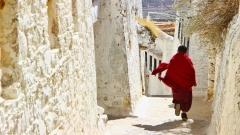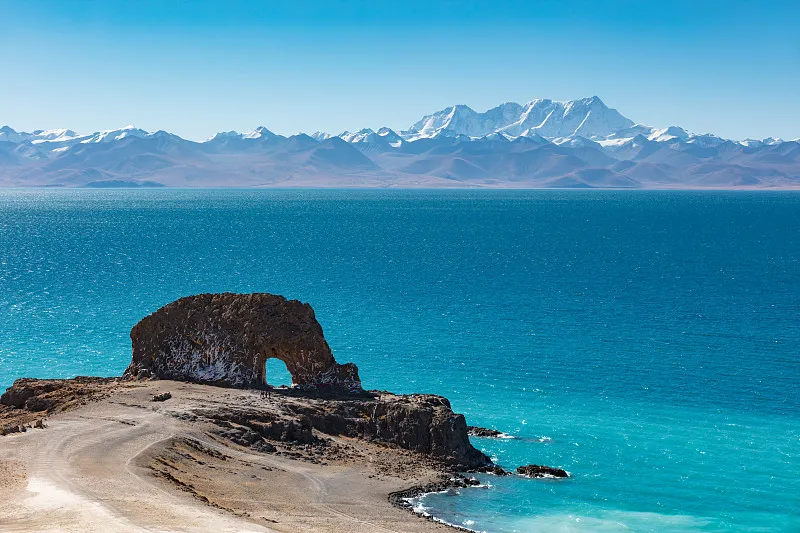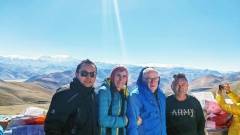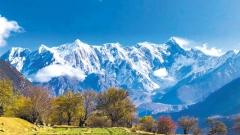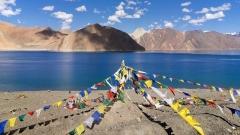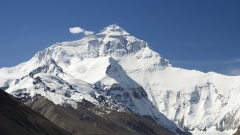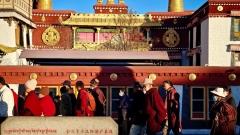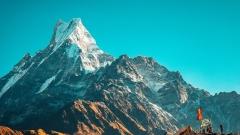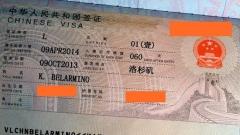Hidden among lush gardens on the western edge of Lhasa, Norbulingka, meaning “The Jeweled Park”, is one of Tibet’s most enchanting landmarks. Once the summer residence of the Dalai Lamas, this serene retreat blends Tibetan art, architecture, and natural beauty in perfect harmony. Today, Norbulingka is not only a UNESCO World Heritage Site but also a cultural treasure that offers visitors a glimpse into the private world of Tibetan spirituality, politics, and artistry.
A Historical Glimpse into Norbulingka
The origins of Norbulingka date back to the 18th century, during the reign of the 7th Dalai Lama, Kelsang Gyatso (1708–1757). At that time, the area was known for its natural springs and mild climate—an ideal escape from the chilly, crowded confines of the Potala Palace. The 7th Dalai Lama commissioned the first palace and gardens, transforming the once-barren land into a place of meditation and leisure.
Over the centuries, successive Dalai Lamas expanded Norbulingka, adding palaces, assembly halls, and temples. The 8th Dalai Lama, Jamphel Gyatso, further developed the gardens, introducing willow trees, pavilions, and ponds. By the 20th century, Norbulingka had become the official summer palace of the Dalai Lamas, serving both as a residence and an administrative center.
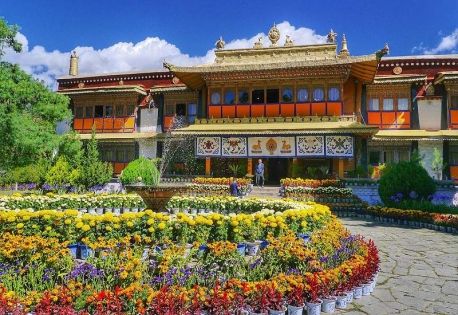
Norbulingka
Architectural Splendor and Layout
Norbulingka spans 36 hectares (89 acres), making it the largest man-made garden in Tibet. It combines traditional Tibetan architectural elements with influences from Chinese and Western styles, reflecting centuries of artistic evolution.
1. The Palaces
-
Kelsang Palace: The oldest structure, built by the 7th Dalai Lama, known for its elegant murals and simple yet dignified design.
-
Tsokyil Palace: A small island palace surrounded by water, built by the 8th Dalai Lama for relaxation and religious study.
-
Takten Migyur Palace (New Palace): Constructed by the 14th Dalai Lama in the 1950s, this building showcases a blend of modern comforts and traditional Tibetan motifs. The New Palace remains one of the most exquisite examples of Tibetan architecture in the modern era.
2. The Gardens
The gardens of Norbulingka are masterpieces of landscape design. Winding pathways lead through willow groves, lotus ponds, and flower beds, creating a peaceful atmosphere ideal for reflection. The site’s name, “Jeweled Park,” perfectly captures its essence—a living jewel amid the vast Tibetan plateau.
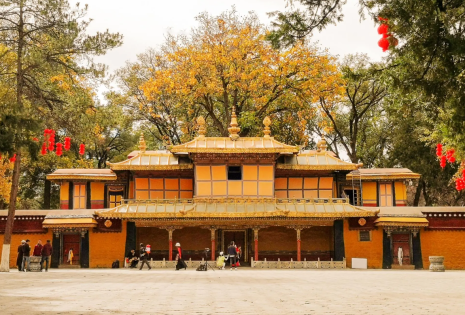
Cultural and Religious Significance
Norbulingka is far more than a royal residence. It is a symbol of Tibetan culture, politics, and spiritual continuity. For centuries, it served as a summer retreat, administrative office, and ceremonial center for the Dalai Lamas.
During the summer months, important religious festivals and state affairs were conducted within its halls. Monks, artists, and officials gathered here to plan religious activities, discuss governance, and celebrate Tibetan culture.
The palace complex also represents the fusion of spirituality and daily life. Each palace and garden carries symbolic meanings rooted in Buddhist cosmology, expressing harmony between humans and nature, wisdom and compassion.
Norbulingka During the Shoton Festival
One of the most lively times to visit Norbulingka is during the Shoton Festival, also known as the Yogurt Festival. Held every August, this traditional celebration marks the end of monks’ summer retreats.
During the festival, Norbulingka becomes the heart of festivities in Lhasa. Thousands of locals and tourists gather in the gardens to watch Tibetan opera performances (Lhamo), share yogurt, and picnic under the willow trees. The sound of drums, singing, and laughter fills the air, transforming the serene park into a joyful cultural carnival.
For travelers, the Shoton Festival offers a rare chance to experience authentic Tibetan traditions and interact with locals in a setting of celebration and harmony.
Artistic and Cultural Treasures
Inside Norbulingka’s palaces are priceless works of art, including murals, thangkas (religious paintings on fabric), and intricately carved furniture. The murals vividly depict scenes from Tibetan history, Buddhist deities, and symbolic motifs like the Wheel of Life.
Particularly notable are the murals inside the New Palace, which portray the 14th Dalai Lama’s early life and his meetings with foreign dignitaries—offering a rare glimpse into Tibet’s modern history.
The palace interiors also house delicate wood carvings, gold-plated statues, and hand-painted ceilings, reflecting the mastery of Tibetan artisans.
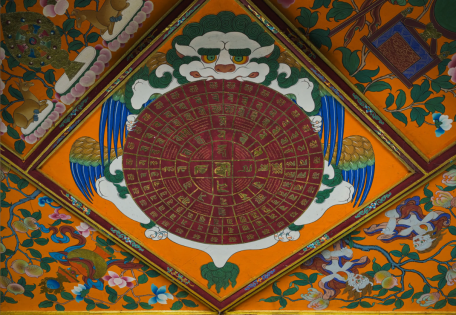
Visiting Norbulingka Today
Today, Norbulingka serves as both a public park and cultural museum, welcoming visitors from around the world.
Opening Hours:
Typically open from 9:00 a.m. to 6:00 p.m., with extended hours during the Shoton Festival.
Travel Tips:
-
Best Time to Visit: Late spring to early autumn (May–September), when the gardens are in full bloom.
-
Allow 2–3 hours to explore the complex at a relaxed pace.
-
Respect local customs: Some palace areas remain sacred—avoid touching religious objects.
-
Bring sun protection: Lhasa’s high altitude means strong UV rays, even on cool days.
How to Visit:
Norbulingka is located about 2 km west of Potala Palace, easily accessible by taxi or bicycle. It is often included in cultural tours of Lhasa organized by professional agencies such as China Dragon Travel, which can provide knowledgeable guides to enhance your visit with rich historical insights.
Why Norbulingka Is a Must-Visit in Lhasa
Unlike the grand, awe-inspiring Potala Palace, Norbulingka offers a gentler and more intimate experience. It reveals the human side of Tibet’s spiritual leaders—their love for art, music, nature, and quiet contemplation.
Walking through its shaded paths, one can almost sense the peaceful rhythms of Tibetan life: monks chanting by the pond, artists painting under the trees, children playing in the sunshine. Norbulingka remains a living testament to the beauty, harmony, and depth of Tibetan culture.
Conclusion
Norbulingka is more than a palace—it is a story of Tibet’s heart. Its gardens and halls have witnessed centuries of faith, artistry, and resilience. Visiting this sacred retreat allows travelers to experience Tibet not only through its monuments but also through its soul.
For anyone exploring Lhasa, Norbulingka is an essential stop—a tranquil contrast to the grandeur of Potala Palace, and a perfect reflection of Tibet’s harmony between nature, culture, and spirituality. With expert guidance from China Dragon Travel, you can uncover the deeper meanings and timeless beauty of this jeweled park in the heart of Lhasa.



